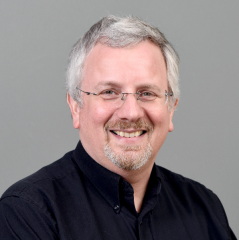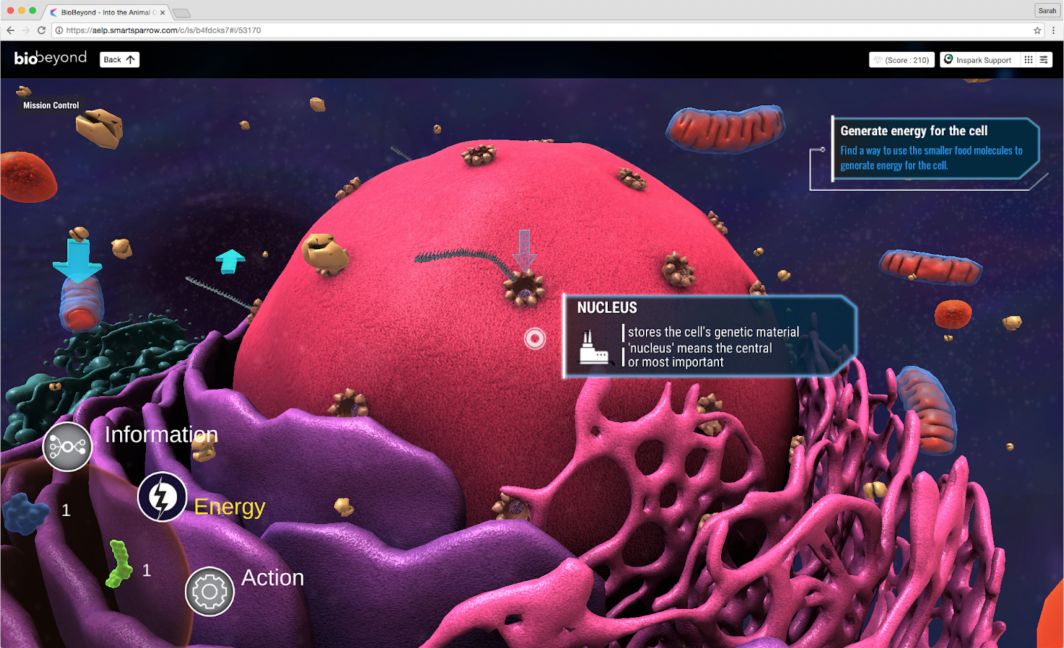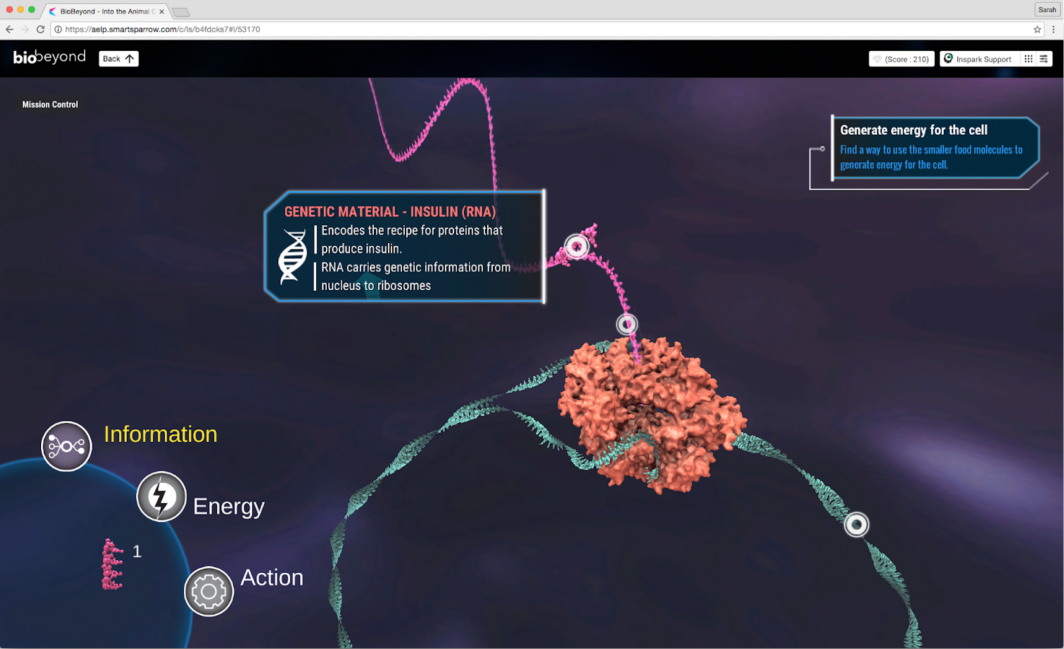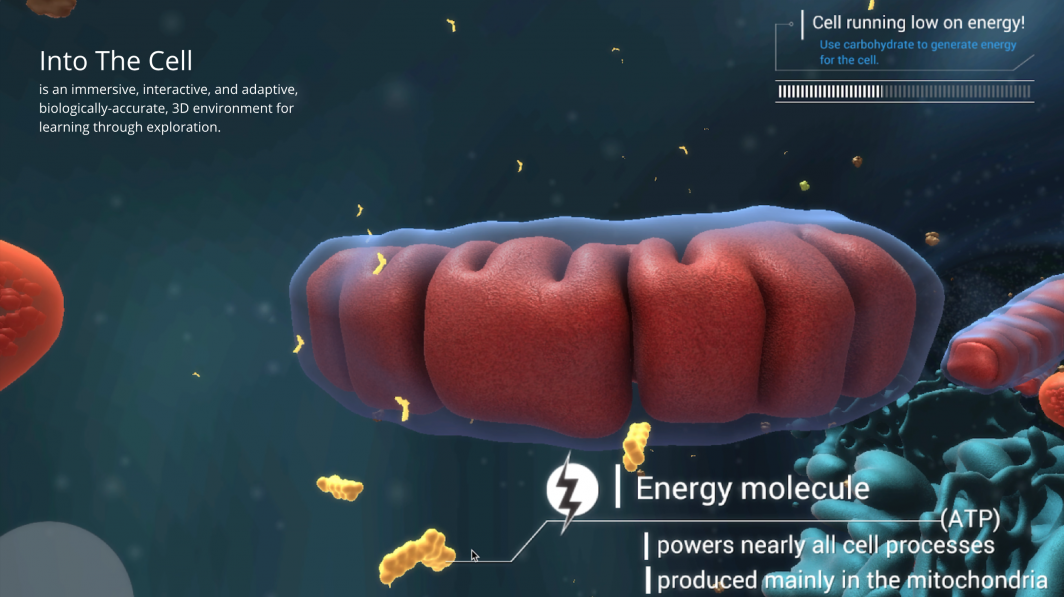$2.5M grant from US Department of Education funds 21st-century, open-resource learning project

Courtesy of Inspark.
A $2.5 million grant from the U.S. Department of Education is funding a major collaboration to improve education. The Consortium for Open Active Pathways will use technology to increase the availability of college-level educational materials. Arizona State University's Mary Lou Fulton Teachers College is the lead unit in the consortium that partners ASU with three of America’s largest community college systems: the Maricopa Community Colleges in Phoenix, Miami Dade College (Florida) and Ivy Tech Community College (Indiana).
The consortium aims to benefit 100,000 students through access to open educational resources — OER — that provide students with better learning outcomes than traditional textbooks while saving them millions of dollars. OER are freely available academic materials that can be downloaded, edited and shared to better serve all students.
Embracing online education
Ariel Anbar is the principal investigator for the Consortium for Open Active Pathways project. A President’s Professor at ASU, Anbar is on the faculties of the Teachers College, the School of Earth and Space Exploration and the School of Molecular Sciences. He is also director of ETX, ASU’s Center for Education Through eXploration, which will lead the consortium. Anbar said he became interested in OER as a way of improving online education.
“In the last decade, we've gone from higher education looking skeptically at online teaching to embracing it,” Anbar said. “But what we embraced in the first wave of online learning is a virtualization of the passive, lecture mode of instruction where the focus is content, content, content. I want to use digital technology to improve the quality of how we teach across the board, taking the principles we call active learning — constructivism, learning by doing, those kinds of things — and bringing them into the online world through open educational resources.”
Anbar calls the resulting offerings “active OER.” He said the idea of COAP is to produce not only active OER modules but also a tool that enables an instructor to assemble a package of those and other openly licensed digital materials into a suite of resources.
President's Professor Ariel Anbar
“So they could have a sort of virtual textbook,” Anbar said. “A no-cost digital textbook available to students that includes some of these active modules and is also available in print form for a low cost.”
But he said active OER should be more than online textbooks. They can provide a suite of resources encompassing the entire body of intellectual material for a course, and all of it open for access, editing and sharing.
“When you say textbook, that evokes just reading,” Anbar said. “But when you're in the digital realm working with open resources you can do all sorts of things beyond the text, taking maximum advantage of the digital medium. And ‘active’ means digital resources that involve simulations that are interactive but also adaptive. The learner doesn’t just move something around in the simulation but actually gets prompting feedback that guides them to success.” Anbar calls this feedback guided active learning or digital tutoring, a system provided by the Smart Sparrow platform, another partner in the grant.
Student success is a goal
Anbar said providing active OER will improve degree attainment, a key goal of this DOE grant program.
“We will do a pathways analysis, taking a look at these degree programs to figure out where are those critical points where the active OER we create could have the most bang for the buck,” he said.
The other higher-education partners in the project — the Maricopa Community Colleges, Miami Dade and Ivy Tech — were chosen for their size and because they are members of Inspark. A digital teaching network of more than 50 colleges and universities worldwide, Inspark was created by ASU’s ETX and Smart Sparrow with a $4.5 million grant from the Bill and Melinda Gates Foundation.
Through Inspark, faculty members at the community colleges will be provided an open course builder that draws from Active Mesh, a newly created catalog of existing OER. From there they can select existing learning resources and combine them with new, high-quality active OER developed for the project. Initially, Active Mesh will focus on materials for courses that lead to associate degrees in the health sciences, a popular choice among community college students.
The grant also provides funding for designated faculty members on the community college campuses to assist their colleagues with the implementation of the active OER modules.
“We learned from the Gates Foundation project that having local champions is absolutely vital," Anbar said. "You've got to find those faculty members who are ready to do something new and help them help us figure out how to turn it into something that can reach others.”
Student savings is another
Matthew Bloom, an English instructor at Scottsdale Community College in the Maricopa Community Colleges district and a member of the college’s OER task force, is one of those local champions.
“My experience is that many faculty members are excited about the prospect of using OER but not everybody has time to go out and find them,” he said.
Bloom surveyed his colleagues in 2015 about their use of OER, finding that nearly half the respondents said they use OER for their courses.
Maricopa Community Colleges (MCC) has been a leader in the OER movement, particularly for the cost advantages it offers students. Bloom’s survey found that 62 percent of MCC’s faculty who used OER reported savings of at least $75 per student. Since 2013, MCC’s Maricopa Millions OER project has funded the development of more than 20 complete courses and saved students more than $15 million through OER and other no-cost or low-cost course materials in place of traditional textbooks.
But Bloom emphasizes that, while the savings OERs provide are important to students, “It’s also about access. When students get an online book at low- or no cost, they can get it immediately and are more likely to start reading it immediately.”
Bloom emphasized the distinction between free materials and open.
“Free is great,” he said. “But open is better because the open source licenses explicitly permit students, faculty and everyone else in the world to freely, immediately and permanently access and generate knowledge.”
Partnership is key
Enlisting the community colleges in the project provides two-way benefits, Anbar said.
“It’s valuable for them to be able to be able to partner with a research university like ASU,” he said. “And it helps us live up to ASU’s mission of universal learning: reaching as many students as we can, at all stages of work and learning and from all backgrounds, with educational and skill-building opportunities.”
More Arts, humanities and education

ASU professor's project helps students learn complex topics
One of Arizona State University’s top professors is using her signature research project to improve how college students learn…

Award-winning playwright shares her scriptwriting process with ASU students
Actions speak louder than words. That’s why award-winning playwright Y York is workshopping her latest play, "Becoming…

Exceeding great expectations in downtown Mesa
Anyone visiting downtown Mesa over the past couple of years has a lot to rave about: The bevy of restaurants, unique local shops…





